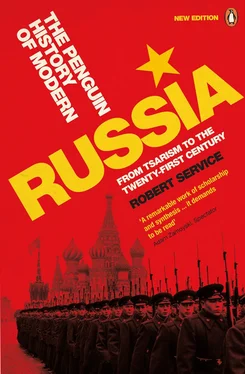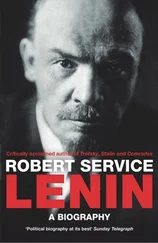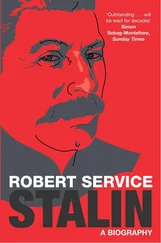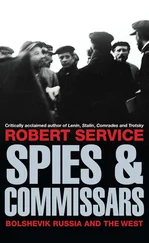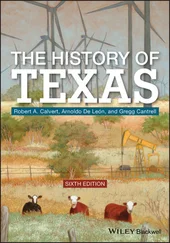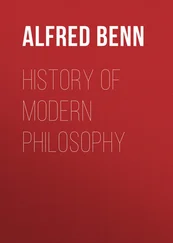And so manufacturing and mining output rose by an annual rate of eight per cent in the last decade of the nineteenth century and of six per cent between 1907 and the outbreak of the Great War. Fifty thousand kilometres of rail-track had been laid by 1914, including the Trans-Siberian line which linked Moscow to Vladivostok on the edge of the Pacific Ocean. State contracts were vital for this purpose. The armaments factories were sustained by the government’s determination to become secure against Germany and Austria-Hungary in the west and Japan in the east. Investment from abroad was also crucial. Nearly half the value of Russian securities excluding mortgage bonds was held by foreigners. 2Metallurgical development was especially dynamic. So, too, was the exploitation of the empire’s natural resources. Alfred Nobel turned the Baku oilfields into the world’s second largest producer after Texas. Timber was also a major export; and coal, iron and gold were extracted intensively.
Russia’s domestic industrialists and bankers, too, were highly active. In the Moscow region in particular there was a growing number of large textile plants. At the same time there was an increased output of consumer goods. Clothing, which was manufactured mainly for the home market, was easily Russia’s largest industry and, in combination with food-processing, amounted to half of the empire’s industrial output (while metal-working and mining enterprises contributed about a seventh). 3Not only armaments and railways but also shoes, furniture and butter were vital elements in the Russian Empire’s economic transformation. Her industry was by no means neglectful of the market for goods of popular consumption.
Although industry led the advance, agriculture was not motionless. Grain harvests increased by an annual average of roughly two per cent from the beginning of the 1880s through to 1913. This change was not smooth and there were several set-backs. The worst was the great famine which afflicted Russia’s Volga region in 1891–2, and droughts remained an intermittent problem across the empire. Yet the general situation was moderately positive. For example, cereal production per capita rose by thirty-five per cent between 1890 and 1913. The Russian Empire’s exports of wheat and rye made her the world’s greatest grain exporter, and roughly 11.5 million tons of cereals were sold abroad each year in the half-decade before the Great War. In the villages, moreover, there was a growing willingness to experiment with new crops: the acreage of sugar-beet was expanded by two fifths between 1905 and 1914. 4There was success with the attempt to expand the production of potatoes and dairy products in the Baltic region, and areas of ‘Russian’ central Asia were given over to cotton-growing.
This diversification of crops was facilitated by the use of factory-produced equipment. Such machinery was found mainly on the large landed estates where the hired hands were the principal section of the labour-force; but peasants, too, bought metal ploughs, corrugated-iron roofs and wire fences as well as leather shoes, nails and greatcoats whenever they could afford it.
Attitudes, however, were altering only very slowly. Peasants, while making money from the expanded market for their products, kept to traditional notions and customs. In Russia the main rural institution was the village land commune. This body meted out justice according to the local understandings about economic and social fairness. In some areas this involved the periodic redistribution of land among the households of the commune; but even where land was held fixedly, peasants continued to comply with the decisions of the commune. A degree of egalitarianism existed. There was also a tradition of mutual responsibility, a tradition that had been fortified by the Emancipation Edict of 1861 which levied taxes from the village commune as a whole rather than from particular households or individuals. Peasants were accustomed to acting collectively and to taking decisions among themselves about life in the village. 5
But this did not mean that the peasantry’s conditions were wholly equalized. A handful of households in a commune would typically be better off than the rest; and the affluent peasants became known as kulaki (which in Russian means ‘fists’). They lent money, they hired labour; they rented and bought land. Poorer households, especially those which lacked an adult male and had to get by with youngsters doing the work, tended to decline into penury. Life was nasty, brutish and short for most peasants.
So long as the peasantry complied with the state’s demands for taxes and conscripts, there was little governmental interference in rural affairs. Until the mid-nineteenth century, most peasants had been bonded to the noble owners of landed estates. Emperor Alexander II saw this to have been an important reason for the Russian Empire’s débâcle in the Crimean War of 1854–6, and in 1861 he issued an Emancipation Edict freeing peasants from their bondage. The terms of their liberation were ungenerous to them. On average, peasants were left with thirteen per cent less land to cultivate than before the Edict. 6Consequently despite being pleased to be relieved of the gentry’s domineering administration of the villages, the peasantry was discontented. There was a belief among peasants that the Emperor ought to transfer all land, including their former masters’ fields and woods, to them and that they themselves should appropriate this land whenever the opportunity might arise.
The Emancipation Edict, by removing the gentry’s automatic authority over the peasantry, had to be accompanied by several reforms in local government, the judiciary, education and military training. Elective representative bodies known as the zemstva were set up in the localities to carry out administrative functions. Local courts, too, were established; and provision for popular education was increased: by the turn of the century it was reckoned that about a quarter of the rural population was literate — and in the largest cities the proportion was three quarters. 7The armed forces reduced the term of service from twenty-five years to six years at the most. Still the peasants were unsatisfied. They were annoyed that they had to pay for the land they received through the Emancipation Edict. They resented also that they, unlike the nobility, were liable to corporal punishment for misdemeanours. They remained a class apart.
Alexander II also insisted that they should have permission from their communes before taking up work in towns; for he and his ministers were fearful about the rapid creation of an unruly urban ‘proletariat’ such as existed in other countries. But this brake on industrial growth was insubstantial. In order to meet their fiscal obligations, communes found it convenient to allow able-bodied young men to seek jobs in factories and mines and remit some of their wages to the family they left behind them in the village. By 1913 there were about 2.4 million workers in large-scale industry. 8The figure for the urban working class reached nearly eleven million when hired labourers in small-scale industry, building, transport, communications and domestic service were included. There were also about 4.5 million wage-labourers in agriculture. Thus the urban and rural working class quadrupled in the half-century after the Emancipation Edict. 9
Change occurred, too, amidst the middle and upper classes. Owners of large estates in the more fertile regions adopted Western agricultural techniques and some of them made fortunes out of wheat, potatoes and sugar-beet. Elsewhere they increasingly sold or rented their land at prices kept high by the peasantry’s land-hunger. The gentry took employment in the expanding state bureaucracy and joined banks and industrial companies. With the increase in the urban population there was a rise in the number of shopkeepers, clerks and providers of other products and services. The cities of the Russian Empire teemed with a new life that was bursting through the surface of the age-old customs.
Читать дальше
